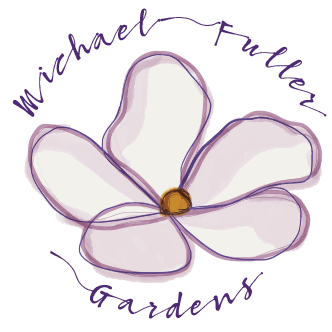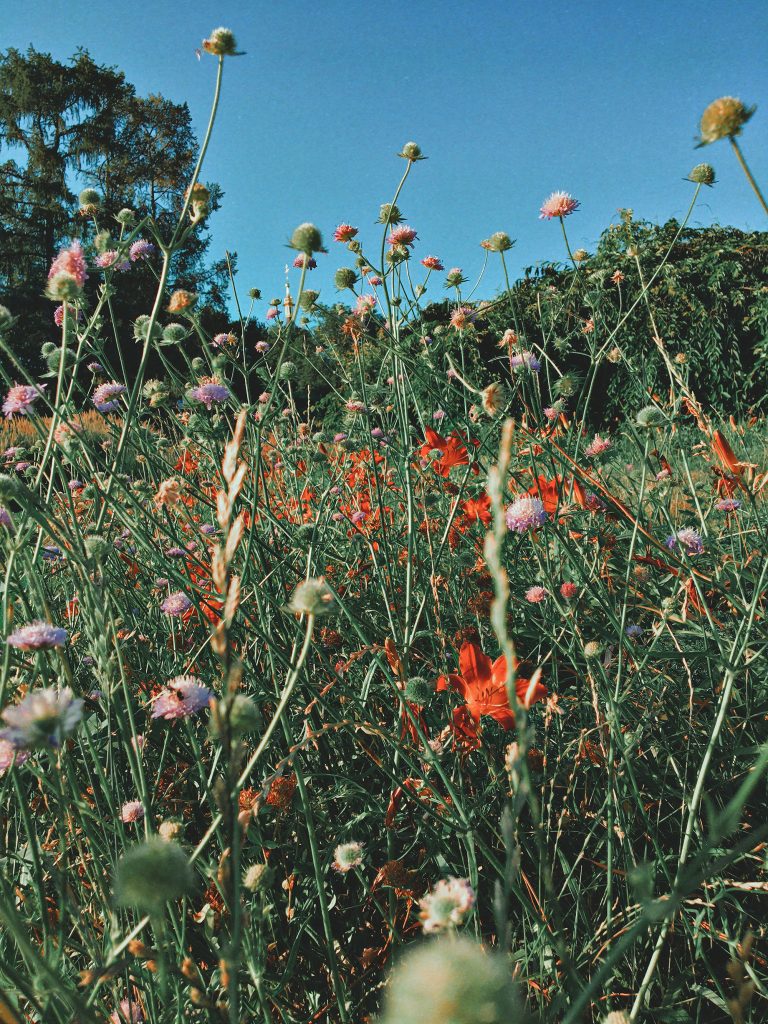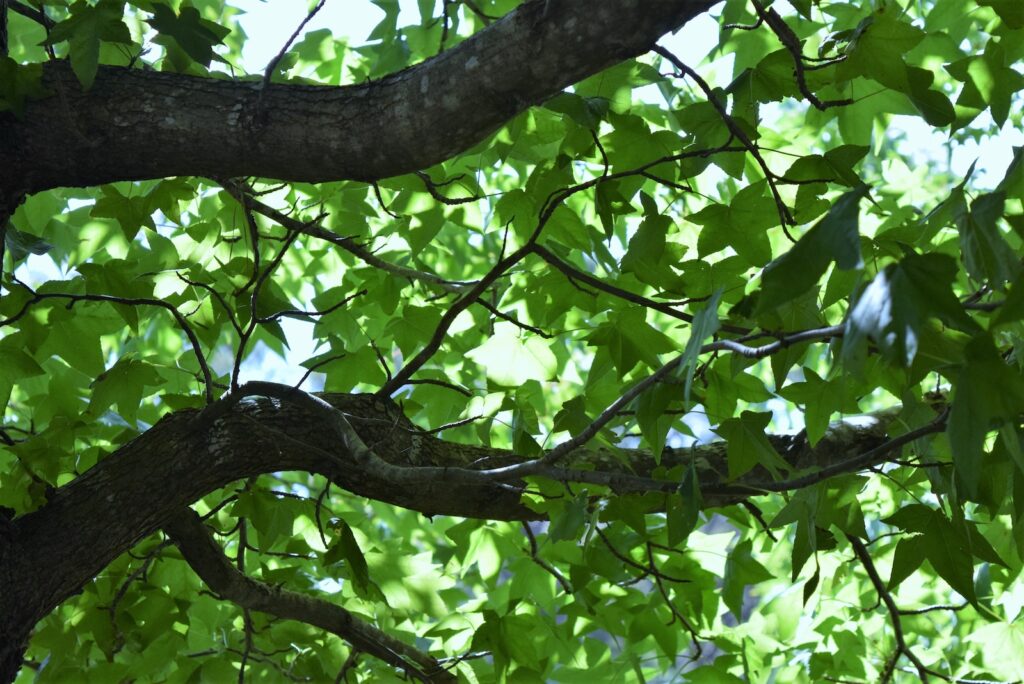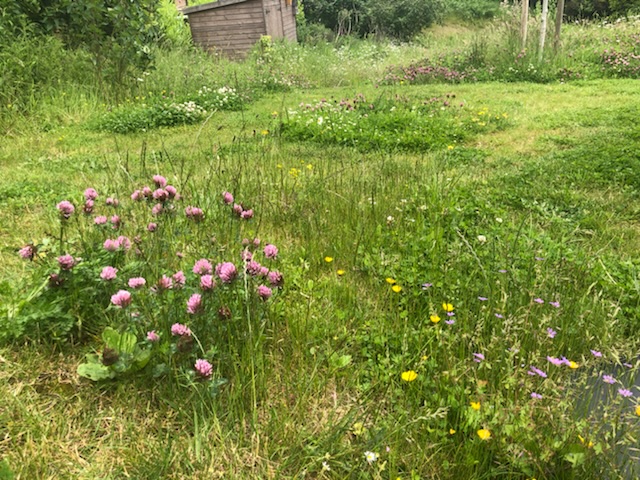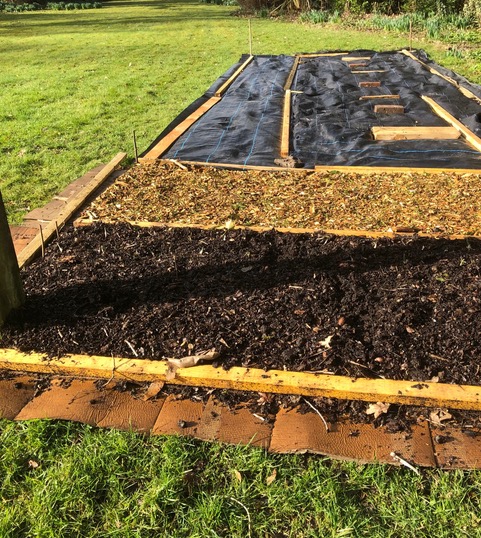The Midwinter Garden.
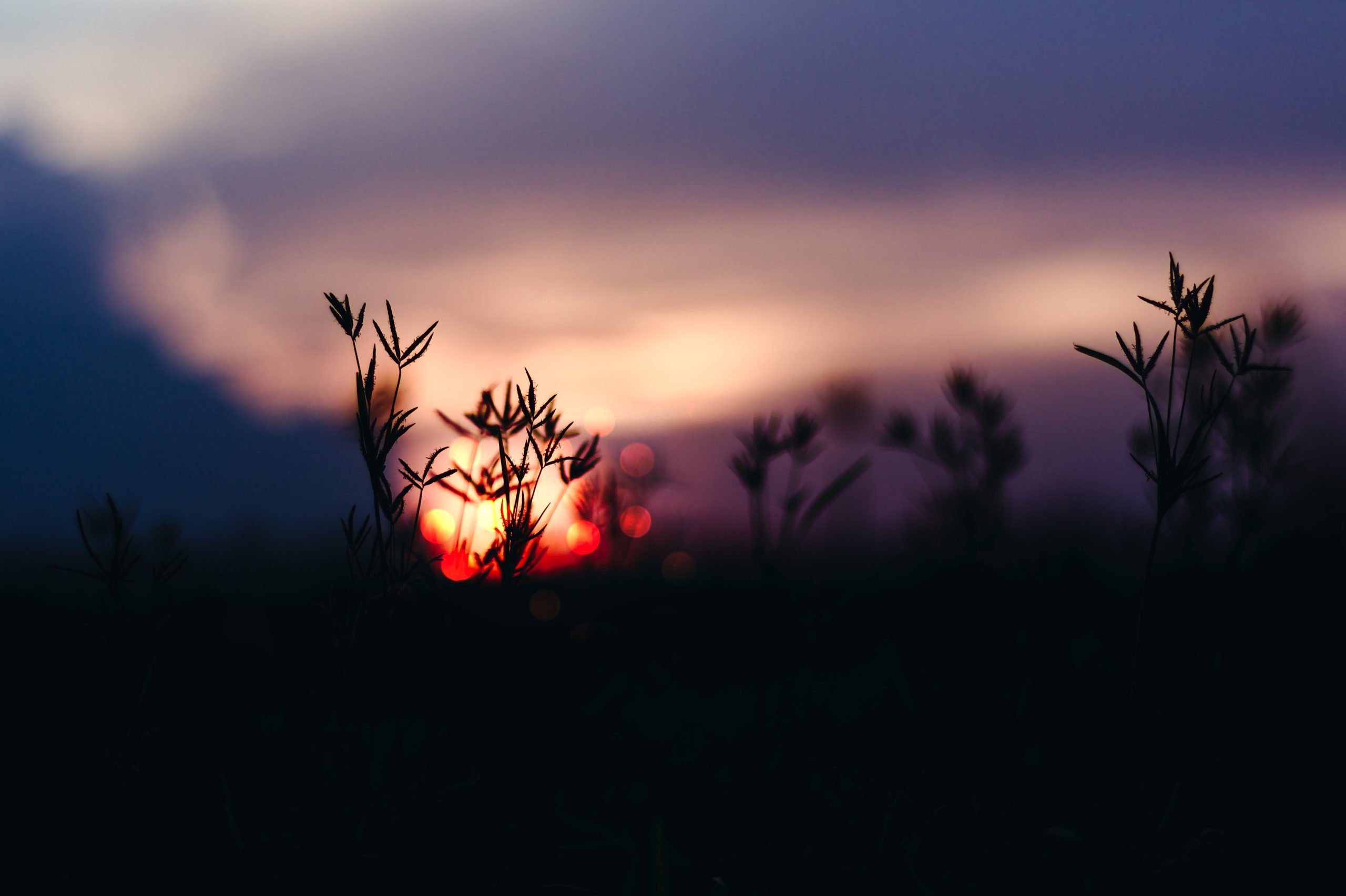
As the days have shortened over the last weeks, I have been tidying beds, cutting meadows, and harvesting. Borders have been mulched with compost, roses have had a light winter prune to prevent wind-rock, climbing roses, with their still malleable stems have been pruned and trained; fruit, vegetables and seeds have been harvested.* The final hedge cutting has taken place, the clear lines or curves silhouetted against the sometimes amazingly blue clear winter skies. Whilst I have held back in early Autumn, I now feel the urge to finish the tidying of my garden by the end of the year, somehow to make it ready, to prepare it… the question is – for what?
Some of us might say “Christmas” (25th December) others may say “the Winter Solstice” (21st December) and still others may say “Hanukkah”, (the Jewish festival of light which can take place between late November and late December). All these festivals occur in the time of midwinter and are festivals of light overcoming darkness. In December in the Northern hemisphere, the light slowly recedes to the darkest hour on the 21st of December and then mysteriously “stands still” for a period of days (in Latin – ‘sol’ – sun, ‘stice’- immobile). Equally mysteriously and sometimes quite suddenly in the new days of January, the light begins to increase. These outer phenomena stand behind these festivals.
I wonder if this midwinter tidying is a wish to create a space of peace and contemplation (even if only seen from my house window) which allows me to let go a little, to breathe out and to “stand still” for a few days? For me, the outer garden peace encourages inner peace. Alongside celebrating what is specific to our own individual or communal spiritual path, the midwinter festival (which can last from 24th December to 6th January – the so-called “12/13 Holy Nights”) offers us this space; we have a chance to enjoy being with friends and family, have time to review the past year and look forward to the next. (If we pay attention to our dreams during this time, often quite potent and vivid, and observe the weather on each day of the Holy Nights, some suggest we can divine how the coming year might be for us both inwardly and outwardly).
Maybe these thoughts can sustain us through December, as we work in our gardens with the wind, rain, cold and ever-darkening days, raking and clearing leaves, pruning and tidying – perhaps there is a point to all this!
*When tidying flower beds the principle of balance is applicable. We don’t need to cut all dying material away from perennials: some leaves provide valuable habitats for overwintering pollinators like butterflies and moths and can also provide protection against frost. Additionally, if the leaves are not too ugly or soggy, (like dying Hosta leaves which can harbour slugs), they can be left to mulch and feed the plant itself; they are designed to do this, providing the exact range of nutrients each plant needs. Seed heads are both beautiful in frost and provide a food source for birds – in my garden, I leave uncut both St. John’s Wort and Purple Loosestrife throughout the winter. Other flowers offering seeds for birds, particularly goldfinches, are Coneflowers (Echinacea purpurea) and Black-eyed Susan (Rudbeckia), whilst in the meadow, Teasel and Fennel (as well as providing stunning winter structure) are also rich in seeds and should be left standing wherever possible.

